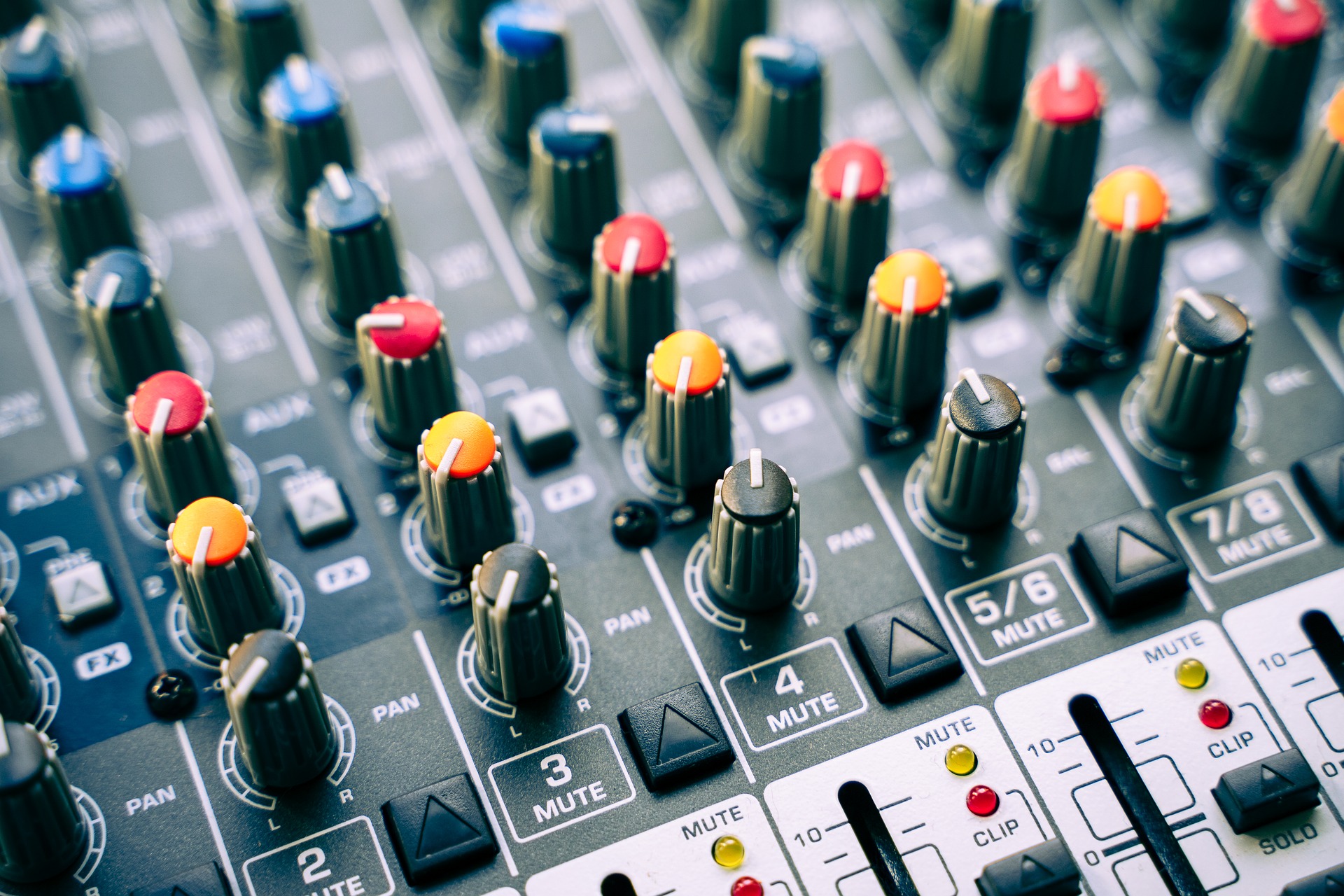In recent years, the audio technology landscape has transformed considerably, spurred by innovations in technology and shifting consumer preferences. As melodies, spoken content, and visual media continue to thrive, understanding the trends shaping sound devices is crucial. From premium headphones to immersive sound setups, choosing the right audio equipment can enhance your listening experience whether you're a recreational listener, a nascent podcaster, or a seasoned musician.
As we gaze forward, several key attributes and new technologies shine in the audio equipment industry. Whether it's Bluetooth functions, superior audio clarity, or innovative designs tailored for specific applications, being aware about these developments will help you make informed decisions. This resource aims to illuminate the essential elements to keep in mind when selecting audio equipment, ensuring you find equipment that meets your needs and delivers outstanding performance.
Key Features of Quality Audio Equipment
When selecting audio equipment, audio fidelity is of utmost importance. Seek out components that offer high-definition audio, which is often affected by factors such as frequency response, total harmonic distortion, and noise versus signal ratio. Quality speakers and headphones should provide a balanced sound profile, enabling you to capture every nuance in your tracks or audio production. Purchasing equipment with a more extensive frequency span can improve your listening experience, allowing for deep bass and bright treble.
A further essential feature is sturdiness and design integrity. Audio equipment is a significant purchase, and top-notch materials can significantly impact the durability of your tools. Seek products that feature products with solid build quality that can survive the challenges of transportation or regular use, especially in active situations like live performances or recording studios. Attributes such as heavy-duty cables and water-resistant designs are also helpful, ensuring your equipment can withstand different environments without compromising performance.
In conclusion, connection capabilities play a crucial role in modern audio setups. discount audio equipment should offer multiple ways to connect, including both wired and wireless connectivity. Connections like Bluetooth, USB, and XLR ports allow for compatibility with various gadgets, from cell phones to professional audio interfaces. Establishing your audio system should be hassle-free, so look for equipment that makes connectivity easier while preserving superior sound quality.
Choosing Audio Tools according to Different Requirements
When selecting audio tools, it is essential to consider the distinct application. For domestic media enthusiasts, investing in premium speakers and soundbars can significantly enhance the audio enjoyment. Look for characteristics like Dolby Atmos support and wireless links for easy integration. If your interest lies in music production or podcasting, look for microphones with superb sound clarity and audio interfaces that provide low latency. These elements are crucial for achieving professional quality in your recordings.
For those who travel, portable audio gear such as Bluetooth speakers and high-fidelity headphones can offer both convenience and quality. Look for choices with a good battery life and water proofing for outdoor use. Comfort and sound quality are critical for extended listening sessions, so choosing headphones that fit nicely while offering a high-quality audio experience is necessary. Moreover, take into account noise-canceling features if you often move in noisy environments.

DJs and live performers have different requirements, highlighting tools that can withstand the challenges of travel and frequent use. A reliable audio mixer with many input options and effects can elevate any live performance, while robust speakers and amplifiers ensure sound covers all corners of the venue. Consider mobility and durability, as well as the ease of setup, to create an optimal workflow during events.
Advancements in Sound Technology and Future Prospects
The audio equipment industry is quickly evolving, with breakthroughs in technology shaping the way we experience sound. One of the most prominent developments is the rise of cordless sound systems. Bluetooth and smart home integrations are making it increasingly easy for users to connect their gadgets without the hassle of wires. This transition not only enhances simplicity but also allows for a more clean aesthetic in home audio setups. As technology continues to improve, we can expect even better sound quality and connectivity across multiple platforms.
Another important trend is the rising importance of personalized audio experiences. Manufacturers are increasingly focusing on customization options, allowing users to tailor sound profiles to their taste. This includes features like EQ options and spatial audio that enhance immersion. Additionally, advancements in artificial intelligence are leading to smarter audio devices that analyze user behavior and enhance sound delivery. This customization will become a crucial aspect in consumer decision-making when selecting audio equipment for their preferences.
Finally, the need for high-fidelity audio in multiple environments is on the rise. As streaming services improve their audio codecs and offer high-resolution music options, consumers are on the lookout for equipment that delivers exceptional sound quality. Home studios, podcasting equipment, and high-end microphones are gaining traction as more individuals turn to content creation. Alongside this, the push for sustainable and energy-efficient audio equipment is also becoming prominent, with brands exploring eco-friendly materials and manufacturing processes. The prospects of audio technology is likely to emphasize both excellence and eco-consciousness, establishing new benchmarks for how we engage with sound.
